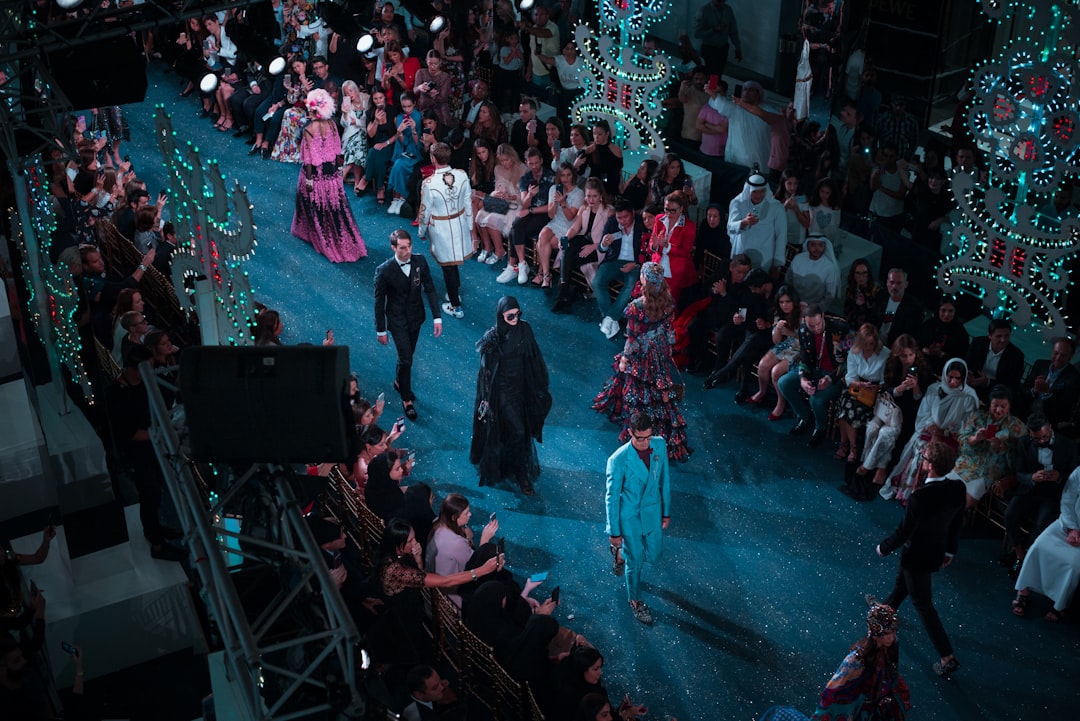Unlocking Your Style: The Art of Dressing for Your Mood
Fashion is more than just a way to cover our bodies; it’s a canvas where we express our identities, moods, and aspirations. Have you ever noticed how the clothes you wear can significantly influence your mindset? Whether you’re donning a chic blazer for a board meeting or a cozy sweater for a weekend brunch, the attire you choose often reflects and shapes your emotional state. This article dives deep into the fascinating relationship between fashion and psychology, and how you can use it to your advantage.
First, let’s explore the concept of ‘enclothed cognition.’ This psychological phenomenon suggests that the clothing we wear can impact our cognitive processes and behaviors. For instance, slipping into a formal outfit may boost your confidence and make you feel more assertive. Conversely, wearing casual or relaxed clothing can lead to a more laid-back attitude, allowing creativity to flourish. Understanding this can empower you to curate your wardrobe with intention, matching your outfit to your goals for the day.
Now, let’s consider the role of color in our fashion choices. Each color evokes different emotions and associations. For example, red often symbolizes passion and energy, while blue conveys calmness and trust. If you have an important presentation coming up, think about incorporating colors that will enhance your performance. Wearing bold, vibrant hues may instill confidence, whereas soft pastels could promote a sense of serenity. Remember, the power of color is a tool you can wield in your daily life.
However, fashion is not only about self-expression; it’s also a reflection of cultural trends and societal influences. Consider how fashion has evolved over the years, often in response to significant historical events. The flapper dresses of the 1920s mirrored the liberation of women, while the grunge style of the 1990s reflected a rebellion against mainstream culture. Today, the rise of social media has created a new phenomenon—trend cycles are now faster than ever, with influencers shaping what’s popular in real-time. This shift presents both opportunities and challenges. While you can quickly access the latest styles, it’s easy to feel pressured to conform to ever-changing trends.
For those of us on a budget, the world of fashion can feel intimidating. However, embracing thrift shopping and second-hand stores can not only save you money but also contribute to a more sustainable wardrobe. Vintage pieces carry a unique history and character that fast fashion often lacks. Plus, the thrill of finding a hidden gem is unmatched! Combine this with a few key, timeless accessories, and you can create a multitude of stylish outfits without breaking the bank.
Additionally, let’s not overlook the impact of comfort on our fashion choices. The pandemic has taught us the importance of balancing style with comfort, leading to the rise of athleisure and relaxed fits. This trend is likely to continue as people prioritize versatility in their wardrobes. You can be stylish while being comfortable, and this realization has changed the way we approach fashion.
Now, let’s discuss the DIY aspect of fashion. With a little creativity and effort, you can transform old pieces into something new. Upcycling has gained popularity, allowing you to personalize your wardrobe and make a statement about sustainability. Whether it’s distressing a pair of jeans or turning a long dress into a trendy top, DIY fashion is a fantastic way to express your individuality.
Lastly, as we look toward the future of fashion, we can’t ignore the importance of inclusivity and diversity. Brands are beginning to embrace a broader range of sizes, styles, and cultural influences, reflecting the beautiful tapestry of our society. This shift is not just a trend but a necessary evolution in the fashion industry that empowers everyone to express themselves authentically.
In conclusion, fashion is a powerful tool that goes beyond aesthetics; it can shape our moods, reflect our personalities, and even influence our interactions with the world. By understanding the psychological impacts of our clothing choices and embracing sustainable practices, we can cultivate a wardrobe that not only makes us feel good but also aligns with our values. So next time you pick out an outfit, remember that it’s not just fabric—it’s a statement about who you are and who you aspire to be.






